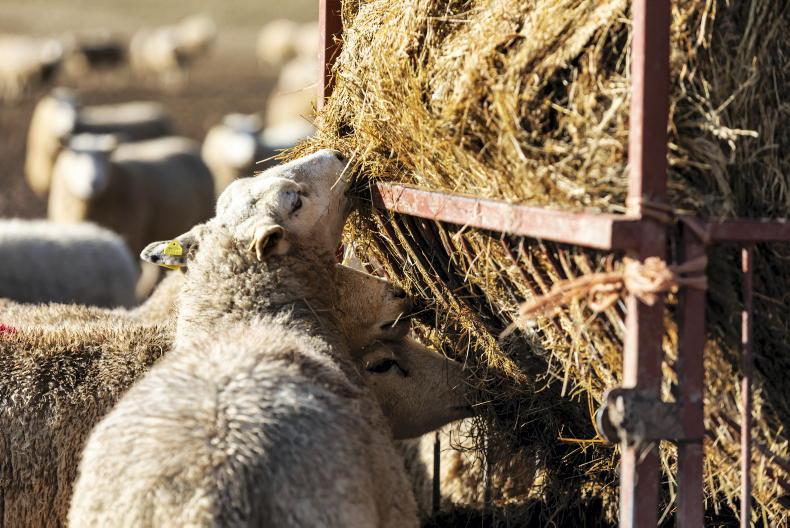It seems like nobody has anything to talk about these days except the constant wet weather, and, in all fairness, it’s with good reason.
There seems to have been no let up at all since last summer.
We had been used to dealing with wet summers every few years, but now they seem to occur more frequently and, like everyone else, we must make adjustments to usual plans in order to work with it.
Oftentimes I think of past generations who lived and worked the land here before us.
While we may be moaning about the weather, thankfully we have more modern practices to help us in dealing with a changing climate.
Having grown up with a byre and wintering stock outdoors in old buildings here, it wasn’t until I was 12 that we built our slatted shed, and I can only imagine trying to winter cattle tied in a small shed or working fields with a horse and plough this spring.
Whilst they were known to be a hardy generation which farmed before us, surely even they would be fed up with it by now, though it would have been a slower-paced life, with helping hands always available down the road. At least these days we have the safety of preserving grass as silage, instead of hoping for a dry week to cut hay.
However, it does appear spring is at last emerging into action.
Lawns have been cut around here on the few dry days we managed and with enough layers of clothing on after a few days of wind and sun, one could almost imagine it was early summer again with the scent of cut grass in the air and birds merrily singing away in the hedges.
Another calf also landed here, and typically when I was looking for a heifer, she dropped a lovely bull calf. Though I must say I’m relieved it wasn’t twins after all, as she came down with mastitis straight after and due to her having one quarter already blocked, she was down to two for a few days.
Thankfully with a bit of care and stripping the quarter, she came back into milk in it and so she might get to remain here for another year in the hopes of getting that elusive heifer calf off her.
The plan is now to attempt grazing the driest fields, where possible, and then to begin our annual fight against rush growth
Normally we manage to have stock out in time for the cuckoo to arrive, but it’s not looking likely this year, as the fields haven’t had a chance to dry out at all.
The plan is now to attempt grazing the driest fields, where possible, and then to begin our annual fight against rush growth. At least we’re all in the same boat this year, as many farmers didn’t get a chance to traverse lands with herbicide with both wet ground and rainy days meaning even the fields that were normally dry couldn’t be worked on.
For now, we’ve put slurry-spreading on the back foot, as we have enough space in the tank for roughly another month and with soil temperatures so low, it might be more beneficial to spread after we take a first cut.
Of course this does mean spreading more fertiliser, but it’s far more likely to spread this with minimal damage to ground using the quad spreader instead of mucking up fields with the slurry tanker.










SHARING OPTIONS